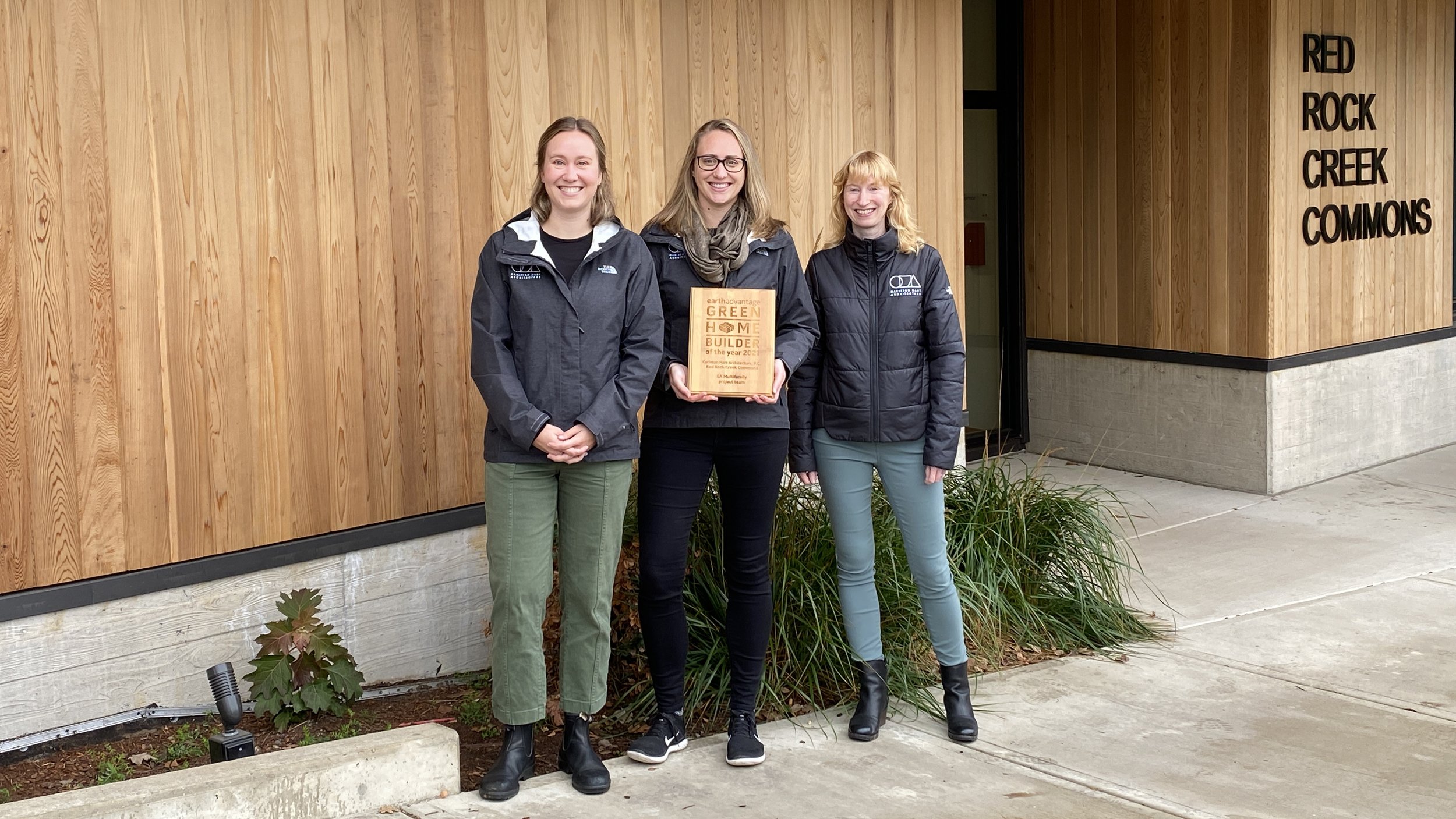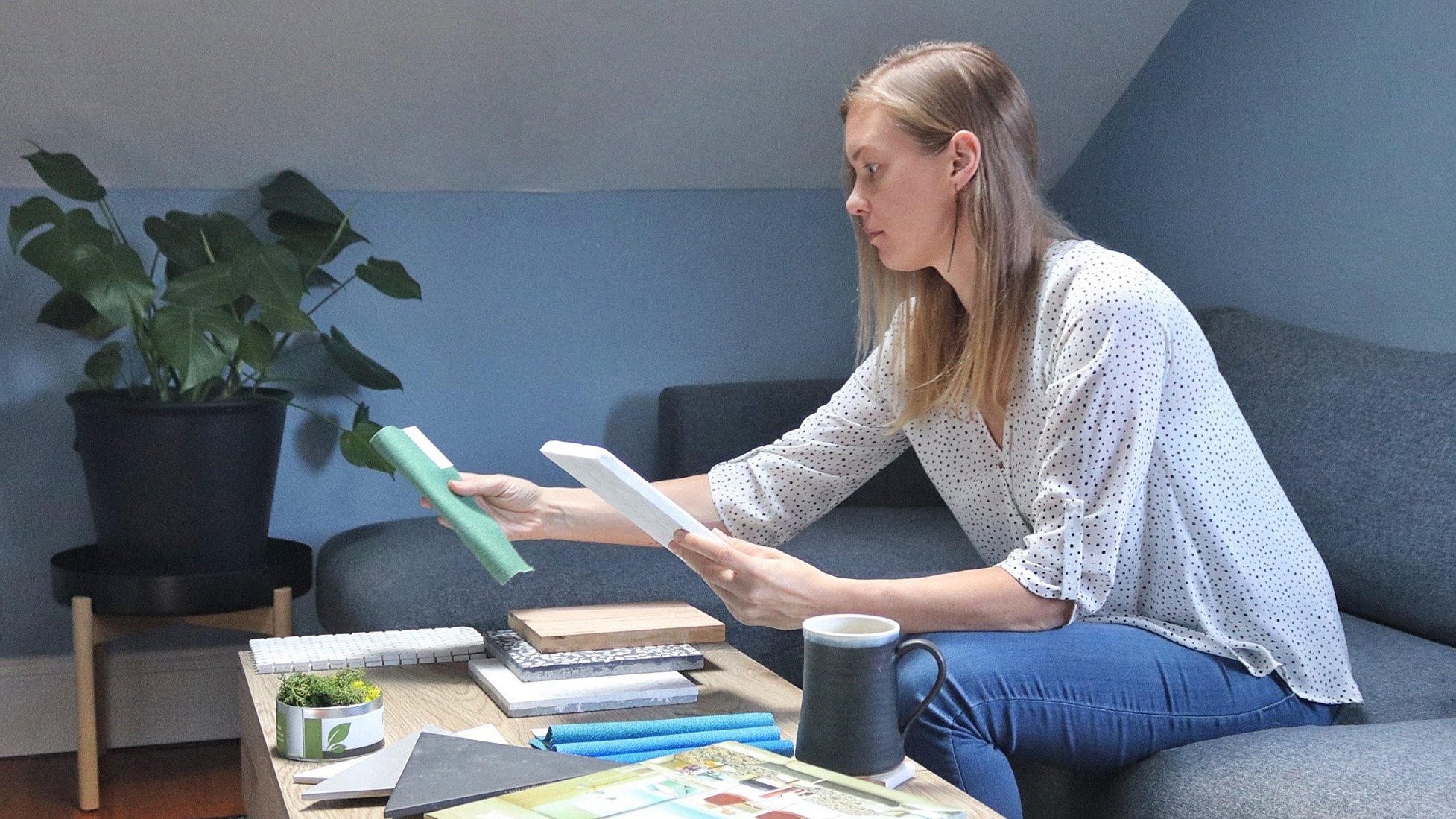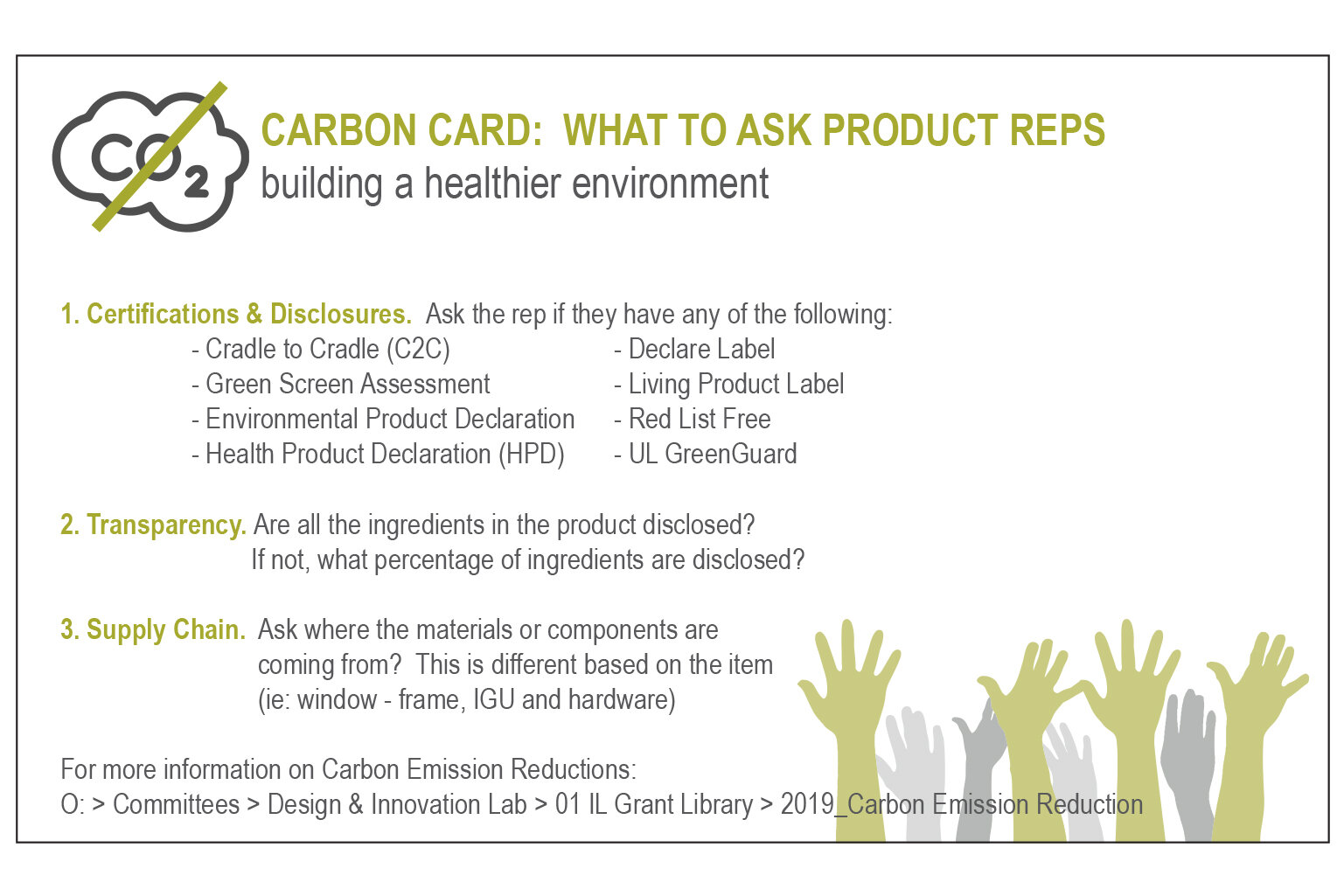Carleton Hart Architecture recently completed the renovation of three properties, in Southern Oregon, owned and operated by Catholic Charities’ dedicated housing entity, Caritas Housing: Woodville Village, Valerie Hill Apartments, and Hillside Village (see links at the bottom of this page). Caritas Housing works to acquire, develop, rehabilitate, and manage permanent affordable housing across Oregon. To date, Caritas Housing has created more than 800 units of affordable housing for more than 1,900 individuals across Western Oregon. For more on Caritas Housing, visit https://www.catholiccharitiesoregon.org/services/housing-services/caritas-housing/
Carleton Hart Architecture’s work is community-based and people-oriented, so we always look for opportunities to engage with residents and hear their stories. For Veteran’s Day, we are happy to share this story of a very special resident who is also a Veteran.
Dennis’s Story
It’s easy to talk to Dennis. He’s laid back, and an hour spent in his company slips by very quickly. Dennis grew up in Sacramento, California, and joined the U.S. Air Force in 1975. Basic training was a breeze for Dennis, “I sometimes wondered if I should have joined the Marines or the Army for more of a challenge,” he laughs. But he doesn’t regret his choice to join the Air Force because of the educational opportunities available to him. After basic training, his first job was refueling aircraft (first in Idaho and then in California), but after going to school for communications, he started his career in telecommunications. “That was very challenging,” he says reflecting on the experience. But he follows that up quickly by saying that school was his most interesting and rewarding experience in the service.
After school, Dennis was transferred to Florida where, despite his misgivings about the humidity, he put in three years in The Sunshine State. He never did get used to the humidity though, “After three years of that,” he says, “I decided it was time to maybe go visit Europe.” So, he put in for a transfer, packed up his family, and soon found himself stationed in Athens, Greece. Eager to explore Athens and absorb all he could of its history and culture, he enjoyed exploring the ruins and developed a love of Greek cuisine. Photography became a passion as he documented his adventures in Athens. Dennis notes that he didn’t even take that much leave because he was so busy between work and driving around to see the sites, “I felt like I was on a vacation, as it was.”
Those were exciting times, and Dennis loved sharing his travels with his wife and daughter. He admits that it was hard on them, but also that his intention was to give them a unique and special life experience. When he did take leave, it was for his family, taking his daughter all the way to Germany to see a hearing specialist at the hospital on the military base there.
While in Greece, Dennis was eager to engage with the locals, driven by his interest in learning about the history and culture of his new post. He enjoyed talking with many of the locals. “I got along great with the older people.” He explains, “The older people appreciated us because we put a lot of money into their country…we rebuilt their roads and highways.” Conversely, he also remembers experiencing some prejudice from others who felt some distrust towards Americans.
After 11 years of service, Dennis had reached the rank of E-4 Buck Sergeant, but it was time for a change. He went on to work in telecommunications as a civilian. Looking back, he misses the travel. “I love to travel,” he says while describing all the places he visited while in the service --from Dover, Delaware to Hawaii. Returning home to Sacramento was hard, he didn’t even have a car to drive to job interviews, and he found that he didn’t care much for the civilian sector, “Too many people and not enough jobs,” he says with a sigh. A sentiment to which most of us can relate.
Looking back on the people he served with, he remembers the fun of running into friends halfway around the world. “It seemed like it was a small world,” Dennis recalls, “In the service you meet somebody somewhere and you might meet them years down the road somewhere else. It did feel like a small world. It was pleasurable.” And that sense of comradery and teamwork he enjoyed with fellow service members is something he still misses. Comparing military service with civilian life, Dennis describes how in “most civilian jobs, people are out for themselves; [they] take care [of themselves] and support their family, but as far as teamwork it seems to lack that.”
Dennis is grateful for his time in the service and feels it had a positive impact on his life, saying “It kept me standing up like a man,” and he feels it helped keep him on the straight and narrow. He touches upon some of the struggles in life, but points out how his military background put him in good stead.
In 2006, some years after moving to Oregon, Dennis was in a terrible car crash that broke his legs and left him in a coma. “It turned out all right,” he’s quick to add, “they put bars and screws in [my legs]. [They] worked on my legs first and then they worked on the rest of my body.” All his years of discipline served him well in the difficult recovery that followed. Now, he walks a mile or two every day to keep active, so he won’t lose use of his legs.
We can all learn a lot from Dennis. From his openness to try new things (he taught himself how to paint his own car!), to his adventurous spirit and eagerness to learn from and embrace new cultures. If you’re ever in Rogue River, maybe you’ll by lucky enough to cross paths with Dennis. Like he said, it’s a small world. And if you do meet him, be sure to thank him for his service.
To learn more about to Catholic Charities Properties in Southern Oregon, please visit the following:
Woodville Village Apartments:
https://www.cascade-management.com/property/woodville-village/details
Valerie Hill Apartments:
https://www.cascade-management.com/property/valerie-hills-apartments/details
Hillside Village Apartments:
https://www.cascade-management.com/property/hillside-village/details









